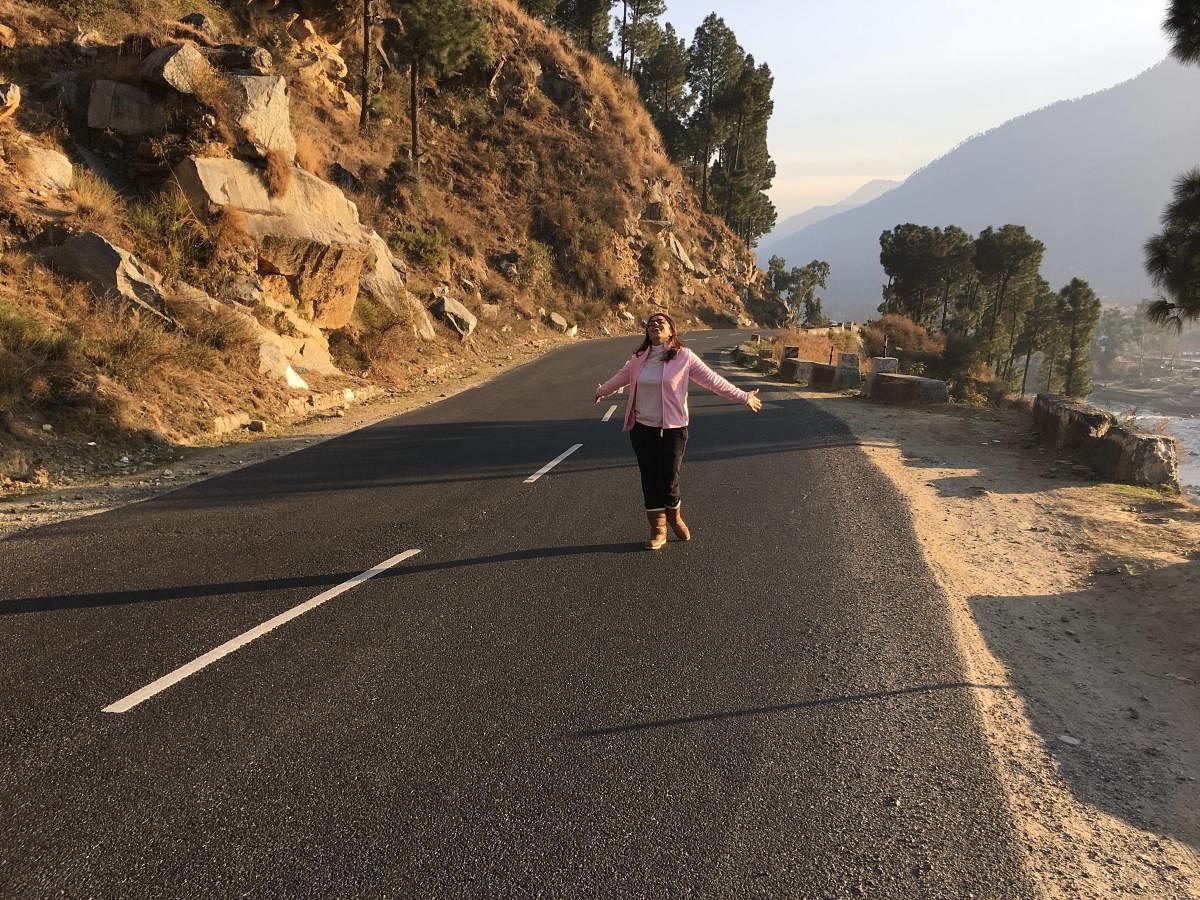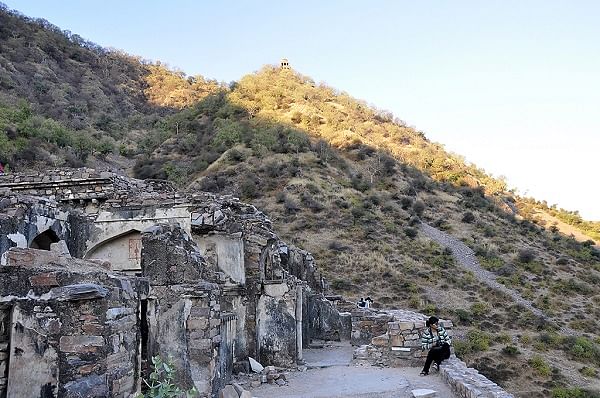
There was a point when Zindagi Na Milegi Dobara fuelled my desire to drive through Spain,” says Sana Choudhury looking back on the “exhilarating experience” she had a la the three protagonists of the film. After all, as it’s said, road trips are not just about exploring places but also relationships and enjoying a fulfilling journey of self-discovery along the way.

And now, with international air routes not likely to open up anytime soon, and a slow easing of the lockdown in the offing, avid travellers are looking homewards to satisfy their travel lust. And they are zeroing in on road journeys as the safest mode of travel. Needless to say then, Sana is gearing up to strap on her travelling boots and get behind the wheel to “discover the myriad magic of the country”.
But there is a hitch. For, as she hastens to add, Indian roads do not necessarily offer the most comfortable and memorable of experiences. “I can say this from experience,” says the 30-year-old media executive. Having driven through the upper reaches of Spiti in October last year she says, “Although the scenic beauty was exhilarating, the same could not be said about the long stretches of bad roads and public facilities — or the lack of them — along the way.”
Food blogger and author Dipali Bhasin can’t wait to hit the highway after the forced hiatus, courtesy Covid-19. “So what if international destinations will be off the radar for a while, our country has much to offer — from adventure spots to beaches, village experiences and luxury destinations,” she states.
And with domestic tourism likely to swell, the government, she says, must look at the safety and comfort of road travellers. Talking about one of her family outings to Kasauli, Dipali remembers her car breaking down in the late evening hours on a “lonely stretch that had no street lights, no internet connectivity and not a soul they could turn to for help.” Finally, she sat back in the car with her two small kids while her husband walked for miles till he managed to find a repairman who would get their car going. “After that, we’ve almost taken a vow never to drive in the dark,” she adds.
But there are many surface travellers who enjoy driving during late evening or night hours to make the most of their day but, of course, are advised against doing so — to steer clear of any kind of mishaps, robberies included. Travel consultant Shailza Sood Dasgupta recalls the time she and a group of friends were driving back from Bhangarh Fort in Rajasthan. “It was rather dark and as we passed through a forested area something crashed into our car. It was a nilgai and while the animal happily sauntered off, we were left not just shaken but also with our windshield completely shattered. It was quite a while before help arrived and we could get on our way,” says Shailza who hopes that a highway helpline and a “proactive 24X7” emergency number is introduced to help those on the road. “We must also have help squads to keep watch and assist those in need,” she adds.
Highlighting the fact that Indian highways have not been considered the safest to drive, Ruchi Marwaha suggests setting up of not just highway patrols but also car-repair shops and medical-aid centres at more frequent intervals.
A keen road traveller for over three decades, hospitality veteran Sanjay Sondhi says that while the number of facilities has now increased along highways, a lot more needs to be done to make them at par with what’s offered abroad. “A lot of women cringe at the thought of travelling by road only because of lack of clean toilet facilities. The Swachh Bharat Abhiyan has to be brought in here as well and that too on a war footing if the government wants more Indians travelling within the country.”